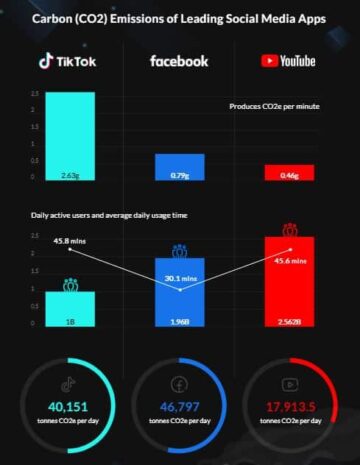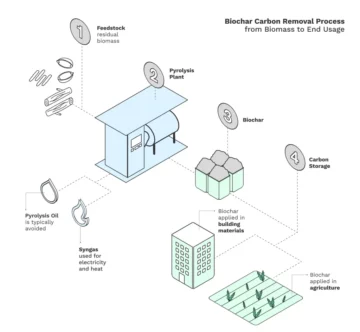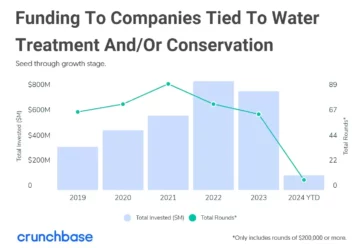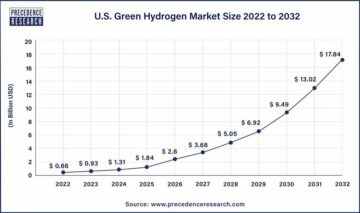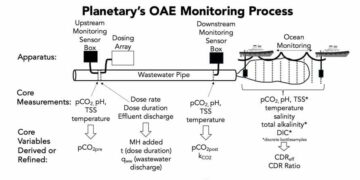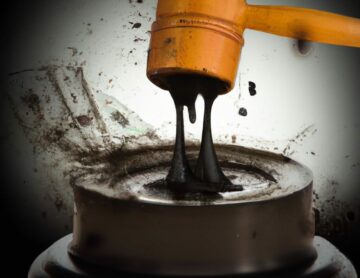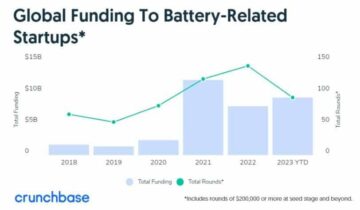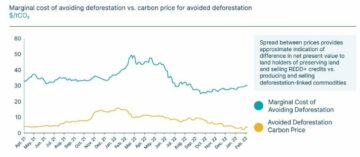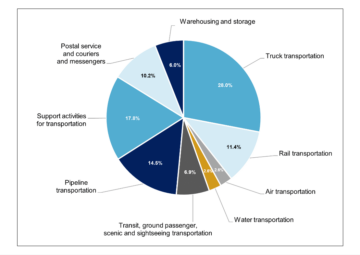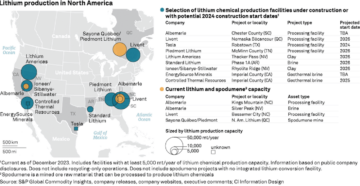Mitsubishi Corporation entered into an agreement with consumer packaged goods provider Suntory Holdings and energy firm ENEOS Corporation to develop a supply chain for sustainable PET plastic bottles derived from biomass.
In a world grappling with the dual challenges of carbon emissions and plastic pollution, their innovative partnership is a significant step towards sustainability.
The Japanese Conglomerate believes that using biomass such as used cooking oil in producing PET bottles can help reduce fossil fuel dependence and thus, drive a low-carbon economy.
The initiative is the world’s first production of sustainable PET bottles using bio-PX (paraxylene) from bio-naphtha on a commercial scale. Naphtha, which looks like gasoline, is a flammable liquid made from distilling petroleum.
A Revolutionary Approach to Making PET Bottles
Traditional plastic bottle production uses naphtha as the main raw material, which is basically from crude oil. In a sense, the basic ingredient of most plastics is crude petroleum that emits significant greenhouse gasses.
According to the EPA, each ounce of PET produced emits about 1 ounce of carbon dioxide. Others say the ratio of carbon emissions to plastic production could go up to 5:1.
The higher the ratio means the more pollution the production is. This is what the new initiative will address by using renewable sources to replace fossil naphtha. The partner companies will introduce a new supply chain to make sustainable PET bottles and cut the industry’s carbon emissions.
Mitsubishi will manage the supply chain which starts with NESTE Corporation supplying bio-based naphtha derived from 100% renewable sources.
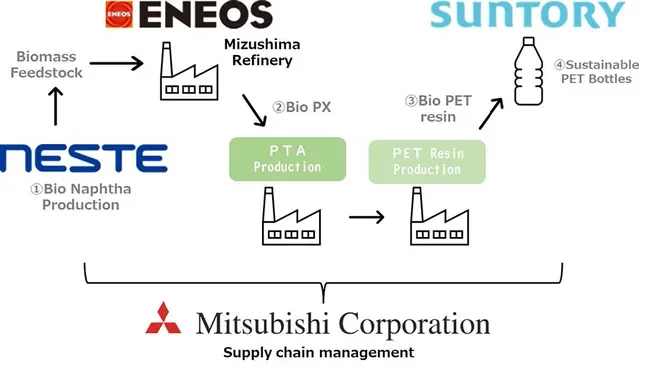 As illustrated above, the revolutionary supply chain will involve the following process:
As illustrated above, the revolutionary supply chain will involve the following process:
- NESTE – produces and supplies the bio-based raw materials (feedstock), bio-naphtha (1), from biomass (e.g. waste and used cooking oil)
- ENEOS – produces bio-PX (2) from bio-naphtha at Mizushima Refinery, a raw material for making bio-PTA and bio-PET resin (3)
- Suntory – produces sustainable PET bottles (4) for its products using bio-PET resin
In making bio-PX from bio-naphtha, ENEOS uses the mass balance method. It is an approach that tracks the amount and sustainability characteristics of biomass as shown below.
The Mass Balance Method
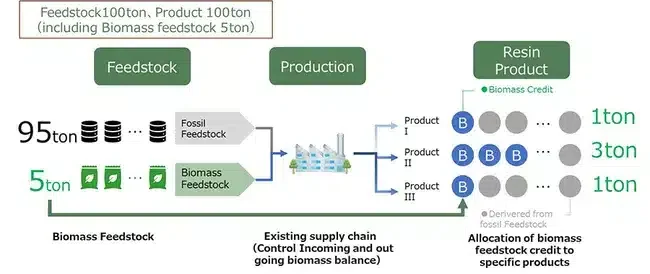
 Using the new approach, around 35 million PET bottles will be produced from biomass by the end of 2023. Suntory will use them to make sustainable PET bottle products in 2024.
Using the new approach, around 35 million PET bottles will be produced from biomass by the end of 2023. Suntory will use them to make sustainable PET bottle products in 2024.
With this supply chain management, Mitsubishi will contribute to the reduction of carbon emissions by replacing petroleum-based products with bio-PET resin from biomass. Highlighting this carbon-cutting innovation, Mitsubishi said during the announcement that:
“We believe the usage of biomass for PET bottles, together with further development of the recycling system, will play an important role in the realization of a low-carbon and decarbonized society as well as in reducing dependency on fossil resources.”
By leading the project, Mitsubishi and its partners would be eligible for generating plastic credits and earn from it.
What Are Plastic Credits?
According to OECD, there are about 460 million tons of plastics produced in 2019 alone. And plastics ending in the oceans – 14 million tons – could triple by 2040. Plastic credits emerge to prevent that from happening.
The concept of Plastic Credits is very similar to that of carbon credits. Each plastic credit is a certificate that represents one metric tonne of plastic waste that has been recycled or collected.
The credits must be measurable, traceable, and verifiable to ensure that they represent real reductions in plastic waste.
Plastic credits are a market-based tool to fight the global problem of plastic pollution, same as how carbon credits are for battling carbon emissions. More interestingly, plastics made from fossil fuels represent 15% of the global annual carbon budget by 2050.
- Single-use plastics like PET bottles have huge a carbon footprint and loss of energy resources.
By replacing virgin materials in making PET bottle products, the Mitsubishi-ENEOS-Suntory collaboration can significantly reduce the amount of plastic’s carbon emissions as well as wastes.
Reducing Carbon Emissions and Plastic Wastes
To put the project impact in context, a single-use PET water bottle is made of 0.3 ounces of plastic. If 1 ounce of PET produced emits 1 ounce of CO2, then the project’s 35 million bio-based PET bottles will prevent the emissions of about 1.6 tons of CO2.
- 1 ounce of plastic makes 3 PET water bottles, and using the highest of 5:1 ratio (5 ounces of CO2 emission for 1 ounce of plastic production) results in 58 million ounces of CO2 emissions, or equivalent to 1.6 tons of CO2.
Apart from the reduced CO2 emissions, the sustainable PET bottle production project can generate plastic credits.
Verra, which is also the largest carbon registry, has a Plastic Program in place that certifies projects that reduce or prevent introduction of virgin plastic materials into the natural environment. Projects registered with Verra’s Plastic Program can issue plastic credits for their plastic waste reduction and/or recycling activities.
Companies and individuals can then buy those credits to offset their own plastic footprint. By doing so, they’re supporting initiatives that help remove or reduce plastic wastes from the environment.
Mitsubishi and its partners can leverage Verra’s Plastic Program to earn the credits that can fund their bio-based PET project. At the same time, they may also be eligible for carbon credits corresponding to the amount of carbon emissions their initiative will reduce.
Through their pioneering supply chain for bio-based PET bottles, Mitsubishi and partners are not only reducing carbon emissions by avoiding fossil fuels but also combating plastic waste, setting a commendable example for others to follow.
- SEO Powered Content & PR Distribution. Get Amplified Today.
- PlatoData.Network Vertical Generative Ai. Empower Yourself. Access Here.
- PlatoAiStream. Web3 Intelligence. Knowledge Amplified. Access Here.
- PlatoESG. Automotive / EVs, Carbon, CleanTech, Energy, Environment, Solar, Waste Management. Access Here.
- BlockOffsets. Modernizing Environmental Offset Ownership. Access Here.
- Source: https://carboncredits.com/mitsubishi-sustainable-pet-bottle-production-reduces-carbon-emissions/
- :has
- :is
- :not
- $UP
- 1
- 14
- 2019
- 2023
- 2024
- 2050
- a
- About
- above
- activities
- address
- Agreement
- alone
- also
- amount
- an
- and
- Announcement
- annual
- approach
- ARE
- around
- AS
- At
- avoiding
- Balance
- basic
- Basically
- battling
- BE
- been
- believe
- believes
- below
- biomass
- breakthrough
- budget
- but
- buy
- by
- CAN
- carbon
- carbon credits
- carbon dioxide
- carbon emissions
- carbon footprint
- certificate
- certifies
- chain
- challenges
- characteristics
- CO
- co2
- co2 emissions
- collaboration
- commendable
- commercial
- Companies
- concept
- conglomerate
- consumer
- context
- contribute
- cooking
- CORPORATION
- Corresponding
- could
- Creating
- credit
- Credits
- crude
- Crude oil
- Cut
- cuts
- dependence
- Dependency
- Derived
- develop
- Development
- doing
- drive
- during
- e
- each
- earn
- economy
- eligible
- emerge
- emission
- Emissions
- end
- energy
- ensure
- entered
- Environment
- EPA
- Equivalent
- example
- fight
- Firm
- First
- follow
- following
- Footprint
- For
- fossil
- Fossil fuel
- fossil fuels
- from
- Fuel
- fuels
- fund
- further
- further development
- gasoline
- generate
- generating
- Global
- Go
- goods
- Happening
- Have
- help
- higher
- highest
- highlighting
- Holdings
- How
- HTTPS
- huge
- if
- Impact
- important
- in
- individuals
- industry’s
- Initiative
- initiatives
- Innovation
- innovative
- into
- introduce
- Introduction
- involve
- issue
- IT
- ITS
- Japanese
- largest
- leading
- Leverage
- like
- Liquid
- LOOKS
- loss
- low-carbon
- made
- Main
- make
- MAKES
- Making
- manage
- management
- Mass
- material
- materials
- max-width
- May..
- means
- method
- metric
- million
- more
- most
- must
- Natural
- New
- oceans
- OECD
- of
- offset
- Oil
- on
- ONE
- only
- or
- Others
- own
- packaged
- partner
- partners
- Partnership
- pet
- Petroleum
- Pioneering
- Place
- plastic
- plastics
- plato
- Plato Data Intelligence
- PlatoData
- Play
- Pollution
- prevent
- Problem
- process
- Produced
- produces
- producing
- Production
- Products
- Program
- project
- projects
- provider
- put
- ratio
- Raw
- real
- realization
- recycling
- reduce
- Reduced
- reducing
- reduction
- reductions
- registered
- registry
- remove
- Renewable
- replace
- represent
- represents
- Resin
- Resources
- Results
- Reveals
- revolutionary
- Role
- Said
- same
- say
- Scale
- sense
- setting
- shown
- significant
- significantly
- similar
- So
- Society
- Sources
- starts
- Step
- such
- supply
- supply chain
- supply chain management
- supplying
- Supporting
- Sustainability
- sustainable
- system
- that
- The
- their
- Them
- then
- There.
- they
- this
- those
- Thus
- time
- to
- together
- tons
- tool
- towards
- traceable
- tracks
- Triple
- Usage
- use
- used
- uses
- using
- verifiable
- very
- Virgin
- Waste
- Water
- Water Bottles
- webp
- WELL
- What
- which
- will
- with
- world
- world’s
- would
- zephyrnet

